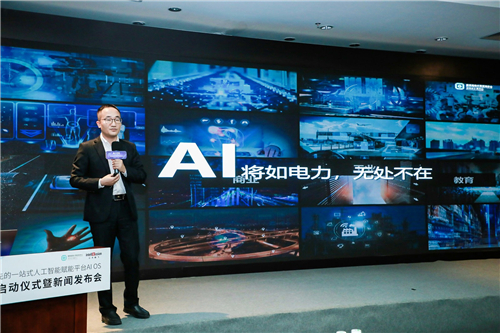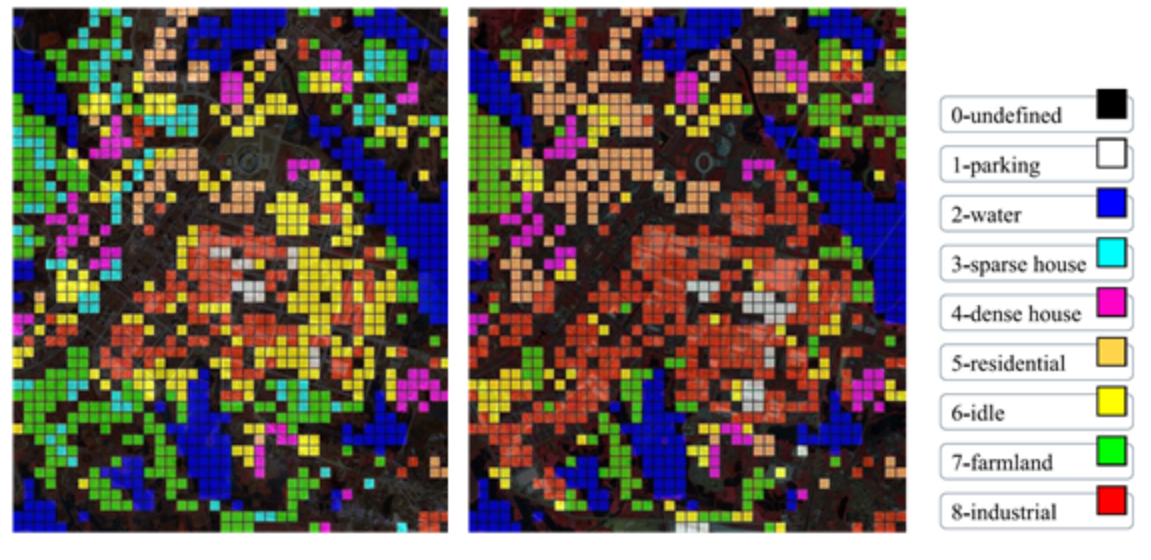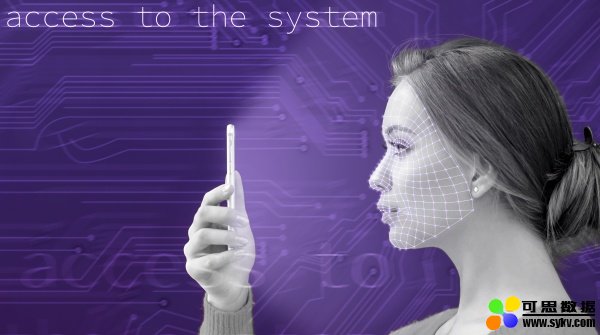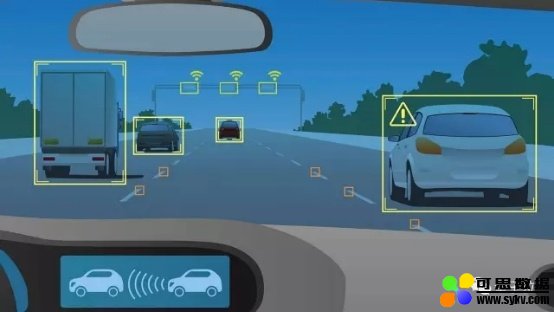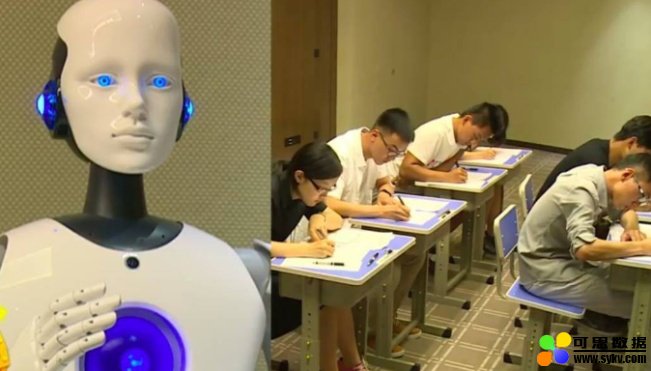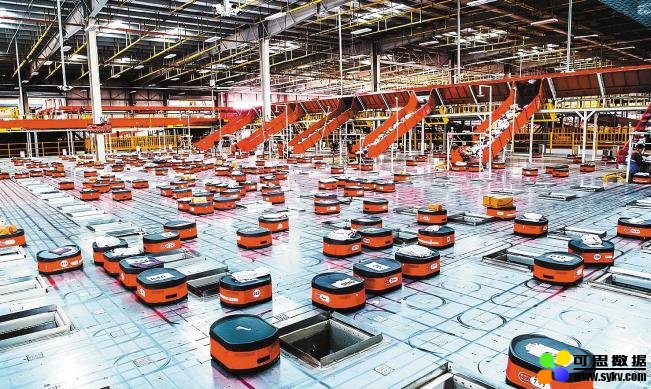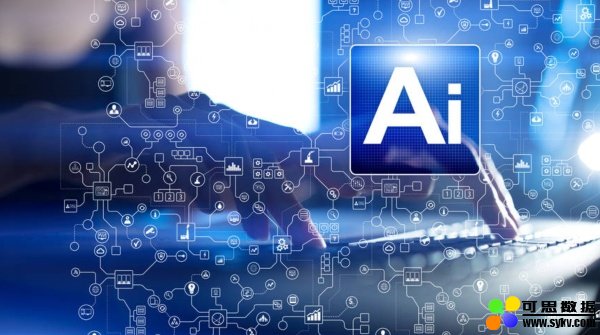2019年哪些技术将渗透航空国防领域?
6 ways government projects will influence big data and IoT in 2019
数据观|石煜倩(编译)
Learn which innovations and developments found in aerospace and defense will enter the commercial market as products and new capabilities for big data and IoT in the new year.
新的一年里,我们需要了解在航空与国防领域,哪些创新发展成果将会作为大数据和物联网产品及新功能进入商业市场。
The inspiration behind new technologies comes from an assortment of variables including nature, science fiction, and product demand, to name a few. More specifically innovations and developments found in aerospace and defense often trickle down to the commercial market as products and new capabilities for big data and IoT.
新技术背后的灵感来自各种各样的变量,这些变量包括自然、科幻小说和产品需求等。更具体地说,航空航天和国防领域的创新发展往往以大数据和物联网产品和新功能的形式渗透到商业市场。
Dr. Mike Barrett, manager of the Power and Propulsion Element effort at NASA's Glenn Research Center, echoed these sentiments.
美国国家航空航天局(NASA)的格伦研究中心动力推进装置的负责人 Mike Barrett博士对此表示认同。
"In the early days of the Apollo flights we built most of the technology that was needed for space ourselves," said Barrett. "But now we prefer for our commercial partners to do most of the innovations and development. In return, our industry partners are able to leverage these new technologies into breakthrough commercial applications for other markets."
Barrett表示:"在阿波罗登月计划早期,我们自己建立了太空所需的大部分技术。但是现在我们更倾向于让商业伙伴去做更多的创新与发展。相应的,我们的行业合作伙伴能够利用这些新技术为其他市场带来突破性的商业应用。”
Below shows six examples of new technology developments coming out of NASA and the Department of Defense (DoD) that you should keep an eye on in 2019.
以下展示了美国NASA和DoO(国防部)发布的六个新兴技术发展的例子,您应该在2019年密切关注。
1.Real-time data cleaning
1.实时数据清理
With IoT, the ETL (extract, transform, and load) process that IT laboriously executes to clean big data could radically change. As an example, drones in military operations are programmed with machine and deep learning algorithms that enable it to determine, which pieces of data are critical to a mission, and which are not. During the in-flight, real-time data collection process, these drones assess all incoming data and automatically discard irrelevant data, dramatically shrinking data payloads.
有了物联网,IT人费力执行大数据清理的ETL(提取、转化和加载)过程可能会发生彻底的变化。例如,使用机器学习和深度学习算法编程的无人机在军事作战中能够确定哪些数据对于任务来说是至关重要的,哪些不是。在飞行期间的实时数据采集过程中,无人机对于所有输入的数据经行评估,并且自动摒弃无关数据,极大地缩减了数据的有效载荷。
2.Hardened sensors
2.强化传感器
In both the Lunar Lander and Mars projects, NASA wants hardened sensors that can withstand extreme heat, cold, high radiation levels, and other harsh environmental conditions found in space. These new hardened sensors are more reliable than what companies presently use in their IoT and will go far in preventing IoT sensor failures in space and elsewhere.
在月球着陆器和火星项目中,NASA想要能够经受极高温、极寒、高辐射以及太空中其他恶劣环境条件的强化传感器。这些新的强化传感器比公司目前使用的物联网传感器更加可靠,而且这种传感器在预防太空和其他地方物联网传感器故障方面表现更加出色。
3. Machine learning and AI
3.机器学习与人工智能
In military operations, commercial sector contractors and DoD are working on self-healing formations of drones, where each drone executes its own machine learning and artificial intelligence (AI) as it flies a mission. Using this machine learning and AI, a drone fleet on a mission can detect when a member has failed, and then communicate with other drones to regroup and continue the mission without interruption.
在军事行动中,商业部门承包商和国防部正在研发无人机阵型的自我修复,每架无人机在飞行时都会执行自己的机器学习和人工智能任务。使用这种机器学习和人工智能,执行任务的无人机舰队可以监测到成员何时出现了故障,然后与其他无人机通信连接,重新组合,不间断地继续执行任务。
This type of self-healing failover can easily be used on manufacturing assembly lines, with machines interoperating and communicating together —and devising alternate production paths if a single machine fails.
这种形式的自我修复故障和转移易于应用到制造装配流水线上,机器之间可以交互操作、相互联通,如果一台机器发生故障,还可以设计备用生产路径。
4. Symbiotic man-machine work processes
4.人机共生工作进程
In military operations, a technology that symbiotically teams humans and drones on missions is designed so an unmanned vehicle can fly as a teammate with a manned aircraft.
在军事行动中,设计一种在人类和无人机上共同协作的技术,因此无人飞行器可以和有人驾驶飞机的队友一起飞行。
"Effective manned/unmanned teaming can reduce the high cognitive workload, allowing warfighters to more exclusively focus on mission planning and management," said Mark Cole, business strategy and development, Intelligence Surveillance and Reconnaissance (ISR) and Unmanned Aircraft System (UAS) programs, at Lockheed Martin Skunk Works, a DoD contractor.
来自美国国防部承包商洛克希德·马丁公司,商业战略与发展,情报监视与侦察(ISR)和无人机系统(UAS)项目的负责人Mark Cole透露:“有效的载人/无人驾驶能够减少高认知工作量,从而让作战人员更加专注于任务的规划和管理。”
This man-machine symbiosis can work just as well for a logistics provider with a 1,000 vehicle fleet.
这种人机共生装置同样适用于拥有1000辆运输卡车的物流供应商。
5. Solar power
5.太阳能
In NASA's Lunar Lander project the energy source of choice is solar, which is limitless in space and does not require transport. NASA plans to take advantage of the limitless space solar supply by applying logistics to its vehicle lunar orbits. The plan includes keeping an orbiting craft away from the dark side of the moon, so that the craft can continuously replenish its fuel supplies because it is always exposed to the sun's solar energy.
在NASA的月球登陆计划中,选用的能源是太阳能,其在太空中是无限的并且无需运输。NASA计划利用太空中无尽的太阳能补给,将物流应用到月球轨道设备中。这个计划包括让一艘轨道飞行设备远离月球的黑暗面,这样这台设备就能持续地供能,因为它一直在接收太阳能。
Look for data centers to also seek out ways to maximize their energy use through logistics as well as through technology.
数据中心也可以找到最大限度利用能源的方法。
6. Legacy systems
6.保留系统
In space and defense and in the private sector, there is a desire to keep legacy systems in place that continue to perform well. Substantial investments has already been made in these legacy platforms, and no one wants to waste them.
在太空和国防领域以及私营部门,都希望现有的系统保持良好运行。这些平台上早有大量的投资资金,没有人想浪费这些投资资金。
Accordingly, vendors working on military projects are asked to develop technologies that are backwardly compatible with existing technology bases. This is exactly what enterprise IT wants.
因此,从事军事项目的供应商们被要求开发与现有技术基础相兼容的技术。这正是企业IT人所需要做的。
注:《2019年哪些技术将渗透航空国防领域?》来源于Techrepublic网站(点击查看原文)。数据观石煜倩/编译,转载请注明译者和来源。

时间:2019-01-17 22:50 来源: 转发量:次
声明:本站部分作品是由网友自主投稿和发布、编辑整理上传,对此类作品本站仅提供交流平台,转载的目的在于传递更多信息及用于网络分享,并不代表本站赞同其观点和对其真实性负责,不为其版权负责。如果您发现网站上有侵犯您的知识产权的作品,请与我们取得联系,我们会及时修改或删除。
相关文章:
相关推荐:
网友评论:



